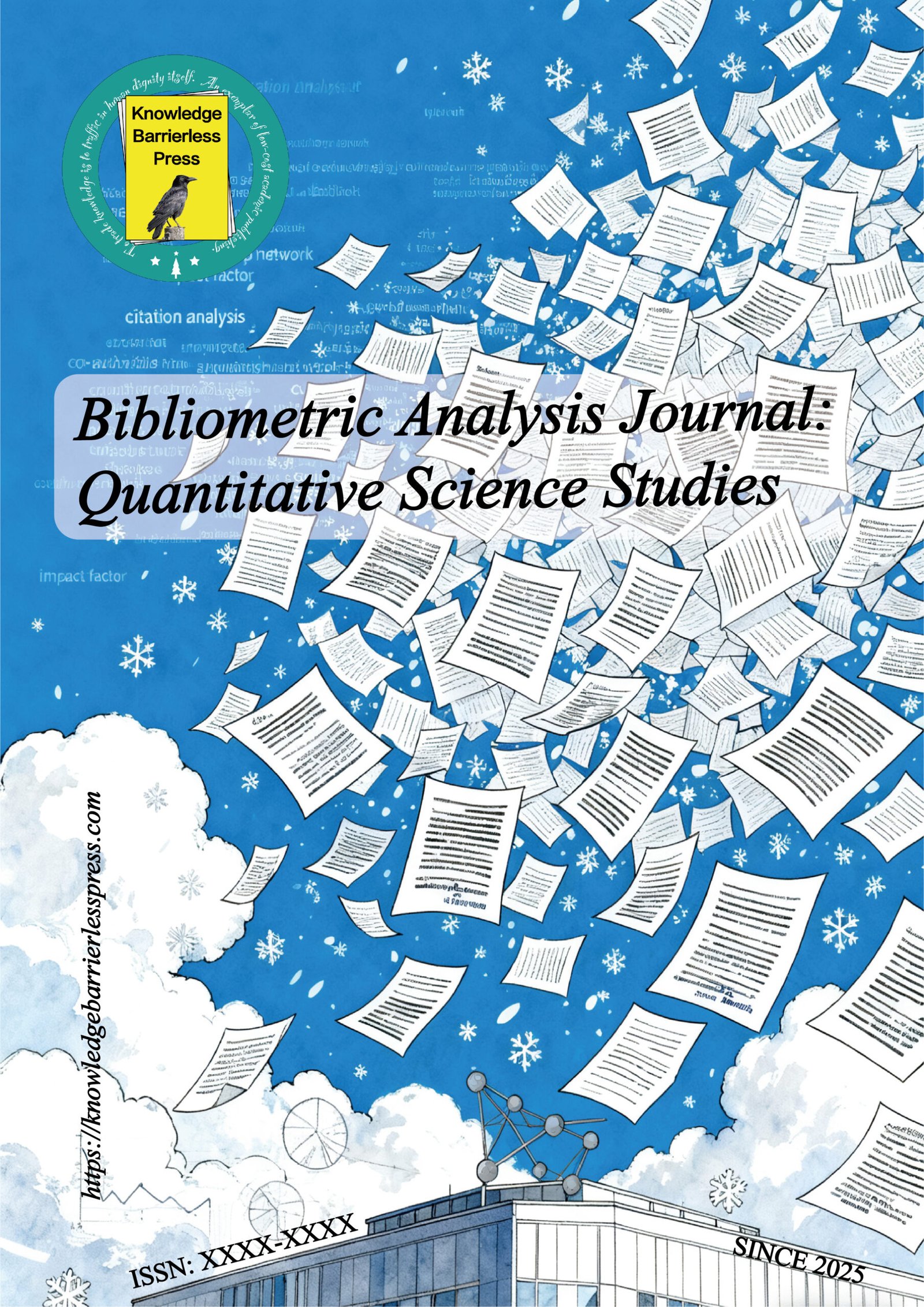It specializes in publishing academic research achievements on and related topics of bibliometrics.
Bibliometric Analysis Journal: Quantitative Science Studies
Editor in chief:
ISSN online: xxxx-xxxx
A message from the Journal Manager: Despite its critical role in generating scientific insights, bibliometric research is often undervalued, creating a significant gap in the scholarly publishing landscape. Many journals explicitly exclude bibliometric studies from their aims and scope, leading to a lack of dedicated venues for such work and the underestimation of innovative research that integrates review with quantitative analysis. We firmly believe that rigorous bibliometric papers hold indispensable value in mapping the scientific landscape and uncovering research trends. To fill this critical void, we are proud to introduce the Bibliometric Analysis Journal: Quantitative Science Studies.
Impact Factor (IF):
Cite Score:
Bibliometric Analysis Journal: Quantitative Science Studies is dedicated to advancing the methodology and application of bibliometric, scientometric, and informetric research. The journal pays special attention to the role of quantitative data in understanding the structure, dynamics, and evolution of science, technology, and scholarly communication.
Its scope encompasses rigorous empirical studies, methodological innovations, and critical reviews on topics such as citation analysis, research performance evaluation, scientific collaboration networks, knowledge mapping, science policy implications, and the impact of emerging technologies on scholarly publishing. Other matters related to the quantitative study of science, including open science practices, research integrity, and the development of new indicators and algorithms, will also be considered.
-
Foundational Methods and Novel Indicators: Development, critique, and application of bibliometric methods, metrics, and algorithms for analyzing scientific literature and patents.
-
Mapping Science and Collaboration Networks: Visualization and analysis of the intellectual structure and dynamics of scientific fields, including co-citation, bibliographic coupling, and co-authorship network analysis.
-
Research Evaluation and Science Policy: Quantitative studies on the impact of research funding, institutional performance, national strategies, and science policy interventions.
-
Knowledge Diffusion and Emerging Trends: Tracking the dissemination of research ideas across disciplines and over time to identify emerging fronts and forecast scientific and technological trends.
-
The Evolution of Scholarly Communication: Examining the impact of digital platforms, Open Access, pre-prints, and social media (altmetrics) on research practices and knowledge dissemination.

